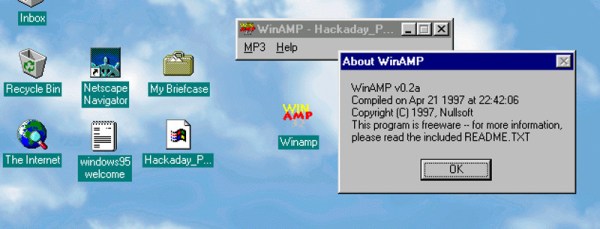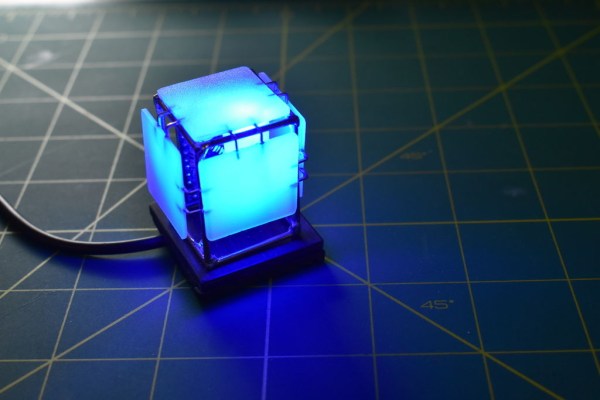Put simply, the goal of any reusable booster is to reduce the cost of getting a payload into space. The comparison is often made to commercial aviation: if you had to throw away the airliner after every flight, nobody could afford the tickets. The fact that the plane can be refueled and flown again and again allows operators to amortize its high upfront cost.
In theory, the same should hold true for orbital rockets. With enough flight experience, you can figure out which parts of the vehicle will need replacement or repair, and how often. Assuming the fuel is cheap enough and the cost of refurbishment doesn’t exceed that of building a new one, eventually the booster will pay for itself. You just need a steady stream of paying customers, which is hardly a challenge given how much we rely on our space infrastructure.
But there’s a catch. For the airliner analogy to really work, whatever inspections and repairs the rocket requires between missions must be done as quickly as possible. The cost savings from reuse aren’t nearly as attractive if you can only fly a few times a year. The key to truly making space accessible isn’t just building a reusable rocket, but attaining rapid reusability.
Which is precisely where SpaceX currently finds themselves. Over the years they’ve mastered landing the Falcon 9’s first stage, and they’ve even proven that the recovered boosters can be safely reused for additional flights. But the refurbishment process is still fairly lengthy. While their latest launch officially broke the record for fastest reflight of a space vehicle that had previously been set by Space Shuttle Atlantis, there’s still a lot of work to be done if SpaceX is ever going to fly their rockets like airplanes.
Continue reading “Falcon 9 Beats Shuttle’s Reflight Record, But Still Has A Long Way To Go”


















